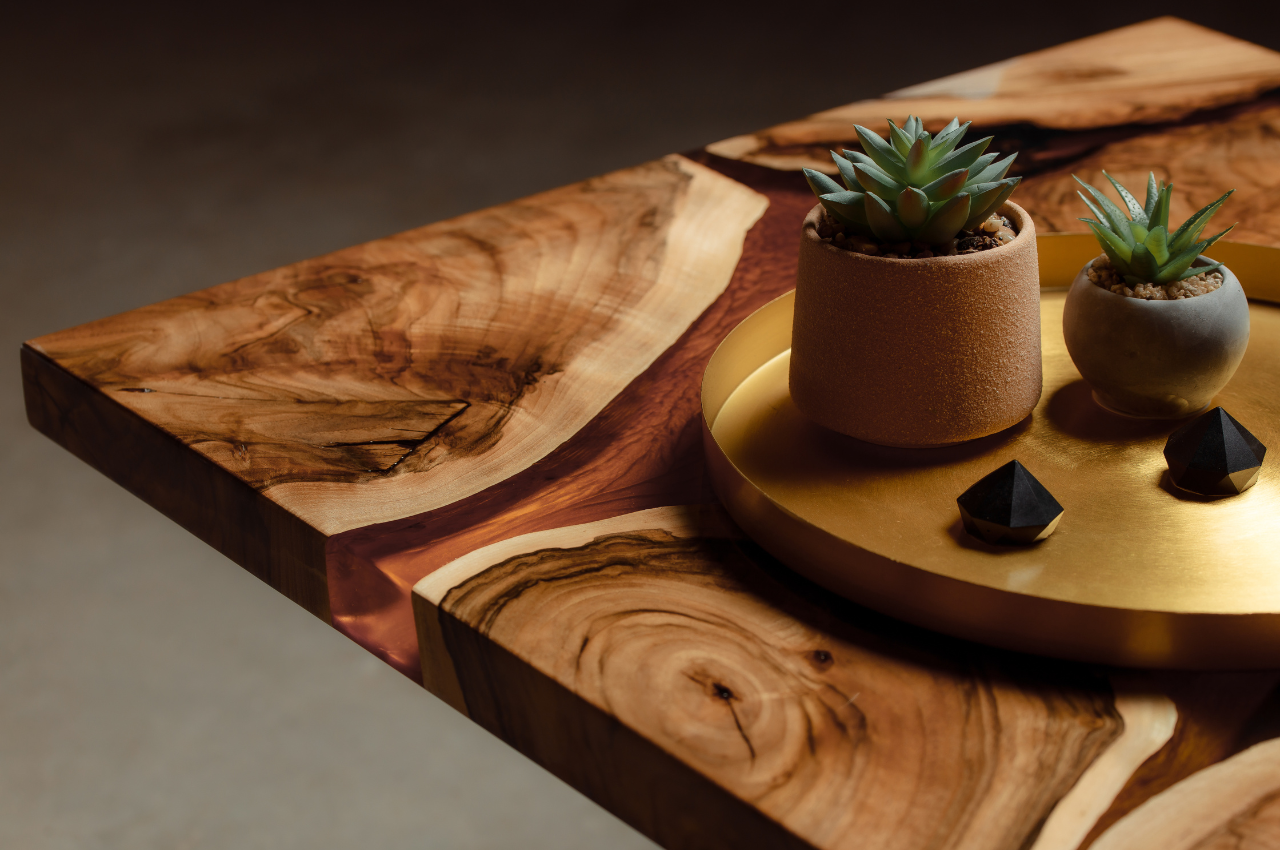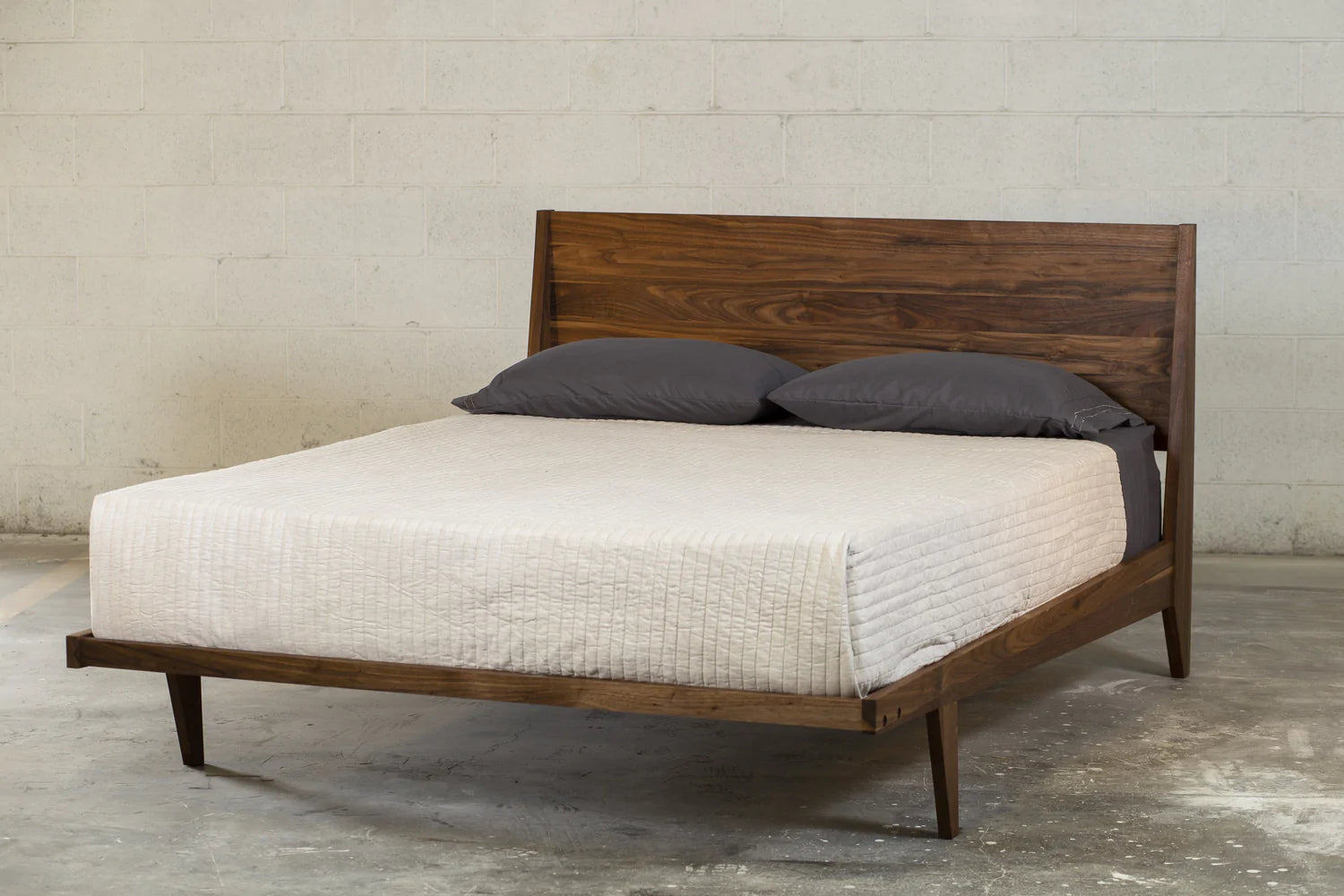Is linseed a good finish for wooden furniture? Whether you’re refurbishing an old piece or browsing for new furniture somewhere, you’ve likely come across various wood-finishing products. There’s no doubt that linseed oil is one of them. At this point, you must wonder if it’s any good or if it’s the right type of finish for your furniture.
Knowing more about linseed oil and what it can do for your favorite piece so you can choose wisely.
What Is Linseed Oil?
Linseed oil is extracted from the flax plant (Linum usitatissimum), particularly its seeds. This is why linseed oil is also called flaxseed oil, although people tend to associate the latter with health food rather than an industrial material. Meanwhile, linseed is most likely the name used in hardware stores.
What Is Linseed Oil Like as a Wood Finish?
Linseed oil provides a satin sheen to the surface. Not glossy but satin, which means there is a subtle but elegant shine, enough to enhance the natural patina of solid wood.
As for color, linseed oil gives the wood a warm and amber-like hue. The yellowing tends to grow more distinct over time, but this effect is more noticeable in lighter types of wood like maple or white oak.
It lends some protection to wooden surfaces, making the deeper parts generally safe from minor spills. But it has less water resistance compared to the other types of oil-based finishes like tung oil. To maximize its benefits, you should reapply the oil regularly on your furniture.
Is Linseed Oil Safe to Use?
In its purest form, linseed oil is safe to use. This is exactly where you need to be extra mindful–if you want a wood finish that’s food-grade and non-toxic–because there are different types of linseed oil.
Here are the varieties:
Raw Linseed Oil
This type is food-grade and non-toxic as it is linseed oil in its most natural form. While it is safe to use, it takes a long time to dry. Each coat of raw linseed oil may need several weeks to cure.
Boiled Linseed Oil
It is ironic that boiled linseed oil isn’t actually boiled–at least not anymore these days. Years ago, the process involved boiling. Then, lead was added so that the oil could cure or dry faster, making it more feasible for wood furniture production on a larger scale.
Lead in linseed oil is not as common these days, but it still contains metallic or petroleum-based driers to speed up curing. Because boiled linseed oil contains additives, it is stripped of its non-toxic and food-safe qualities. Moreover, it may emit harmful VOCs, which are potentially toxic.
Polymerized Linseed Oil
Polymerized linseed oil goes through a heating process. Yet, it’s nothing like boiled linseed oil. It dries fast even without the help of drying agents and additives, as in the case of the boiled variety.
This is made possible by heating the oil for an extended period while being depleted of oxygen. The process causes a polymeric reaction, making the oil more viscous. With increased viscosity, the oil can dry faster when applied to wood. The change in texture occurs at a molecular level, without additives, keeping the oil free of VOCs.
Both raw linseed oil and the polymerized variety contain zero VOCs, making them generally safe to use. The drying agents added to boiled linseed oil make it potentially hazardous. Plus, it may emit some harmful VOCs as it dries.
Still, to many furniture makers, boiled linseed oil remains viable because the drying process is cut drastically. But for regular homeowners who only need to touch up furniture, raw linseed oil and polymerized linseed oil are the safer options.

Is Linseed Oil a Good Finish for Wood Furniture?
Linseed oil is a good finish for wood furniture, especially with proper maintenance. It helps bring out the color and texture of the material. Moreover, the satin luster gives wooden surfaces a more vibrant and luxurious look.
Another good thing about linseed oil is that it can penetrate through wood fiber, making it a great wood conditioner. It fills in small cracks and can hide or smoothen dents and scratches. The oil also helps prevent moisture from seeping into the wood but may not be as water-resistant as other types of food-safe and oil-based wood finishes.
What some people tend to be iffy about linseed oil is that it takes a significant amount of time to cure—and this is particularly true about raw linseed oil. But slow drying can be beneficial since it allows the finish to cure and “level” itself, making the wooden surface smoother and with fewer brush marks. For experienced artisans who create boutique furniture, raw linseed oil can be an excellent option for a wood finish.
Polymerized linseed oil is a good choice for regular DIYers who want to work with a safe wood finish and keep their homes free from harmful VOCs. It’s typically free from toxins but dries much faster than raw linseed oil. Find a trustworthy source to ensure you get an authentic, food-safe product.
Do You Use Linseed Oil at T.Y. Fine Furniture?
We don’t use linseed oil here as it has metallic driers. Instead, we use pure food-grade flax oil as the main component in our proprietary wood finishes. Our wood finishes are made from all-natural ingredients, with zero VOCs, to ensure our customers’ health.
Click here to know which T.Y. Fine Furniture Finish works best for your furniture.



Leave a comment
This site is protected by hCaptcha and the hCaptcha Privacy Policy and Terms of Service apply.